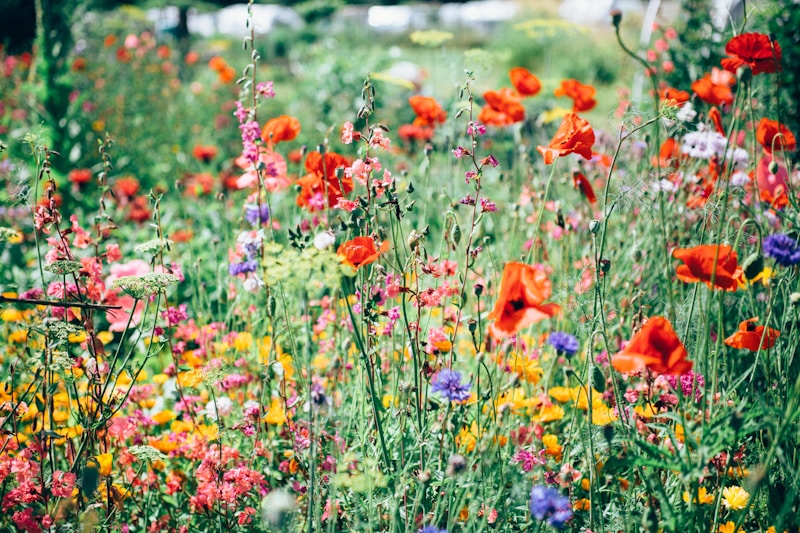Exploring Timeless Lace Motifs and Patterns: A Journey Through Elegance and Tradition
Introduction to Lace Motifs and Patterns
Lace has long been a celebrated fabric known for its intricate designs and elegance. Within the realm of lace, there exists a vast array of motifs and patterns that not only enhance its beauty but also tell a story of cultural significance and artistic heritage. In this article, we will explore timeless lace motifs and patterns, delving into their origins, variations, and contemporary applications. Whether you are a textile enthusiast, a fashion designer, or simply someone who appreciates the grace of lace, this guide is designed for you.
The History of Lace
Lace dates back to the late 15th century, initially evolving in Europe, particularly Italy and Flanders. Early lace was made by hand, using fine threads to create beautiful designs that were often inspired by nature and architectural elements. Over the years, lace has transformed from a symbol of status to a versatile fabric used in various applications, from bridal wear to home décor. Understanding the historical context of lace is vital to appreciating the timeless lace motifs and patterns that continue to inspire designers today.
Different Types of Lace Motifs
There are several types of lace motifs that have become iconic over the years. Let's take a closer look at some of the most notable ones:
| Motif | Description | Origin |
| Floral Motifs | Inspired by various flowers, these motifs often include roses, daisies, and leaves. | Primarily Italian lace |
| Geometric Patterns | Characterized by symmetrical shapes and lines, these patterns reflect modernity and precision. | Flemish lace traditions |
| Nature-Inspired Designs | Motifs that include birds, butterflies, and other natural elements, showcasing artistry. | English lace |
| Baroque Patterns | Opulent and ornate, often featuring intricate swirls and curves. | Spanish lace |
The Allure of Floral Lace Motifs
Floral motifs have always been a favorite in lace designs. They evoke a sense of femininity and delicacy. Often seen in bridal gowns and evening wear, floral lace lends an ethereal touch to any garment. Designers frequently incorporate embroidered flowers within the lace, enhancing its overall appeal and depth.

Embracing Geometric Patterns
On the other hand, geometric patterns in lace have gained popularity in modern fashion and interior design. Their clean lines and structured forms make them ideal for contemporary aesthetic choices. These motifs allow for a unique blend of elegance and minimalism, appealing to those who favor a modern look.
How to Use Lace Motifs in Fashion
The application of lace motifs in fashion is as diverse as the designs themselves. From delicate lace sleeves on a blouse to full lace overlays on dresses, lace offers countless possibilities. Here are some popular ways designers utilize lace motifs today:
- Bridal Wear: Lace is synonymous with bridal fashion. The intricate details can transform a simple silhouette into a stunning bridal gown.
- Evening Attire: Many evening garments feature lace overlays that provide a touch of glamour and sophistication.
- Casual Wear: Lace can also be used subtly in everyday fashion, such as in blouses, skirts, or accessories.
Timeless Lace Patterns in Home Décor
Lace motifs are not confined to fashion alone; they have made a significant impact in the realm of home décor as well. From elegant tablecloths to sophisticated curtains, lace adds an element of elegance to any home. Here are a few key applications:
- Table Linens: Lace tablecloths can elevate dinner parties, providing a classic backdrop for any dining experience.
- Curtains: Lace curtains allow natural light to filter through while maintaining privacy, adding charm to a room.
- Bed Linens: Incorporating lace into bedding can create a romantic atmosphere, perfect for bedrooms.
The Future of Lace Design
As fashion continues to evolve, so does the use of lace. Designers are now experimenting with digital printing technologies to create unique lace patterns that cater to modern trends. Additionally, sustainability has become a key focus, prompting many brands to explore eco-friendly materials for lace production. The future remains bright for lace, as it adapts to new styles while preserving its timeless essence.
Conclusion
In conclusion, timeless lace motifs and patterns hold an essential place in both history and contemporary fashion. The intricate designs tell stories of culture and artistry, making lace truly universal and enduring. For those looking to incorporate lace in their style or décor, remember the following tips:
- Consider the occasion: Choose lace motifs that fit the event and your personal style.
- Mix and match: Combine different lace patterns for a unique look that stands out.
- Invest in quality: High-quality lace can elevate your wardrobe and home, ensuring longevity.
As we have explored, lace is not merely a fabric; it is an expression of elegance that transcends time and trends. Embrace the timeless beauty of lace, and let it inspire your creative endeavors!